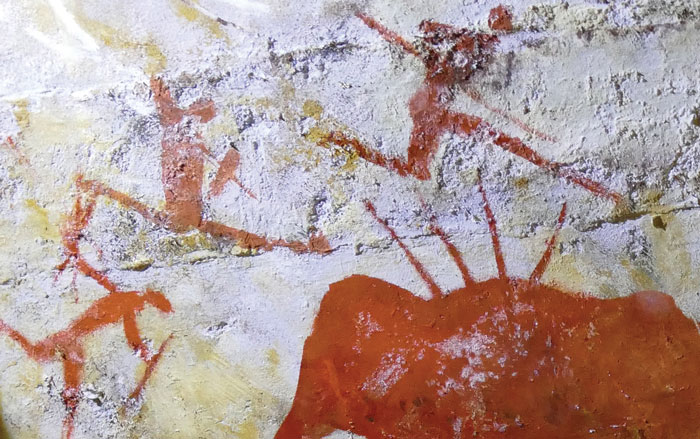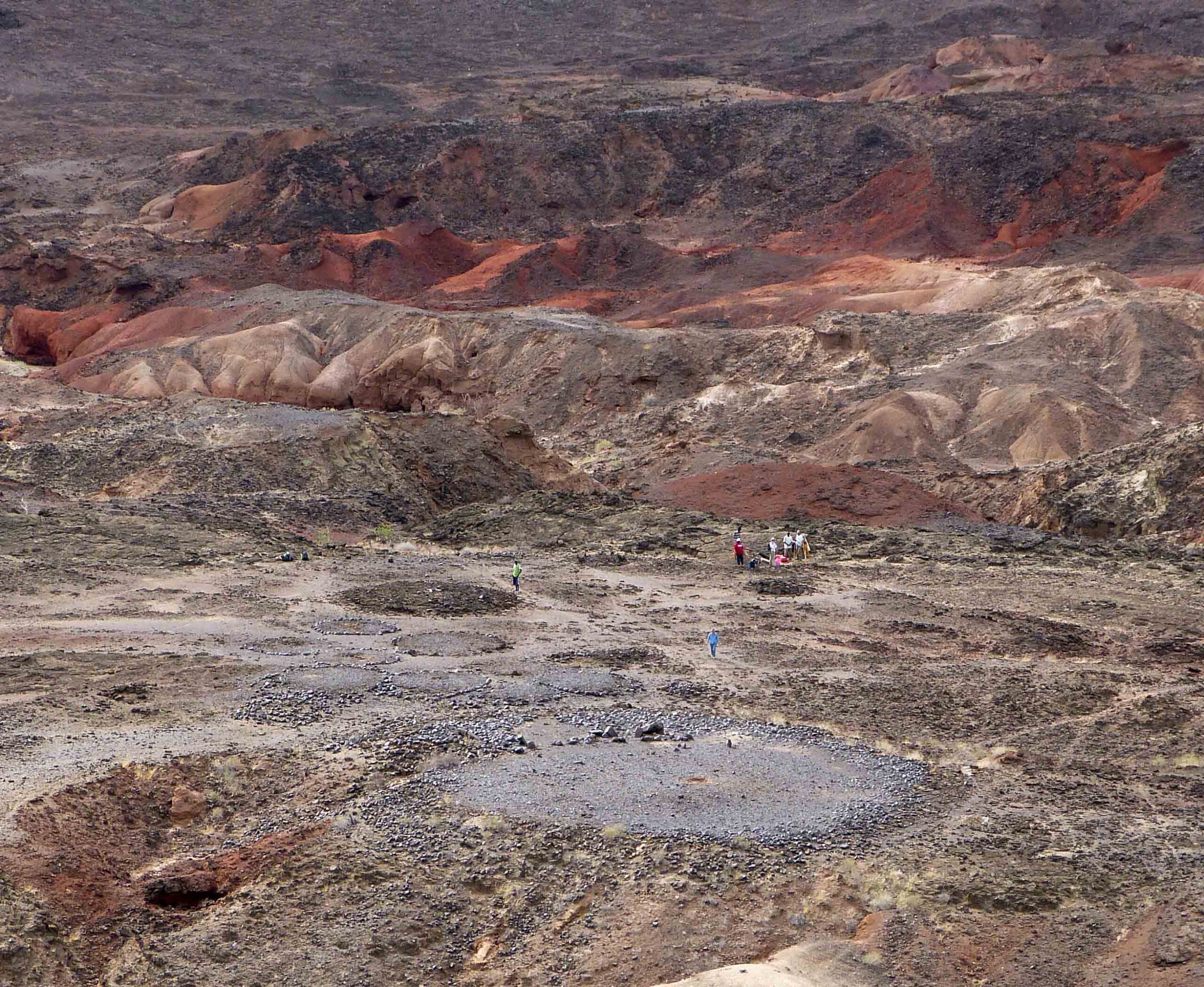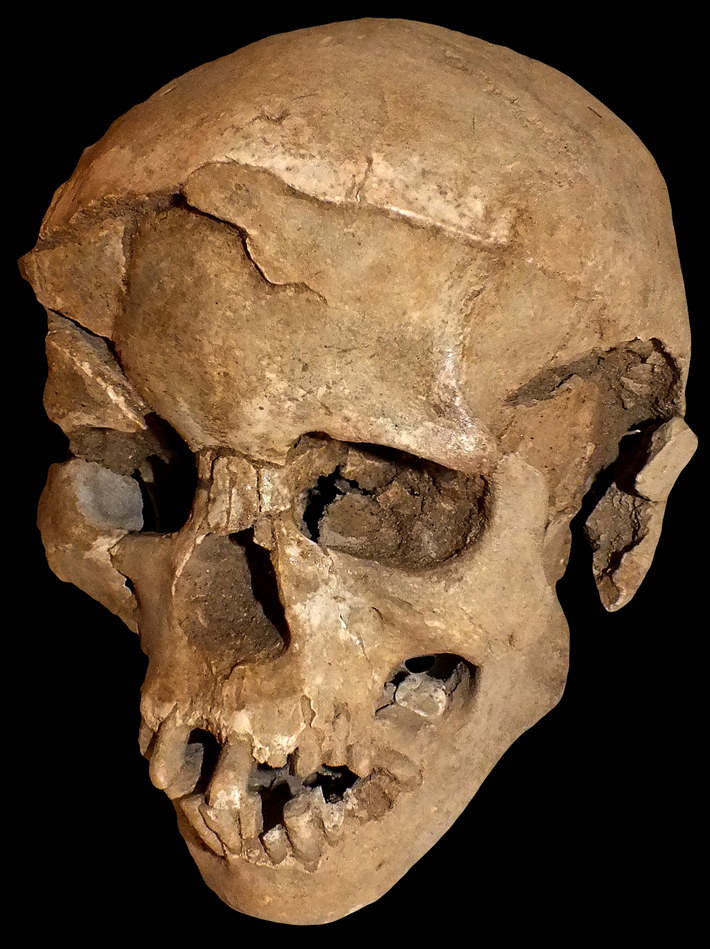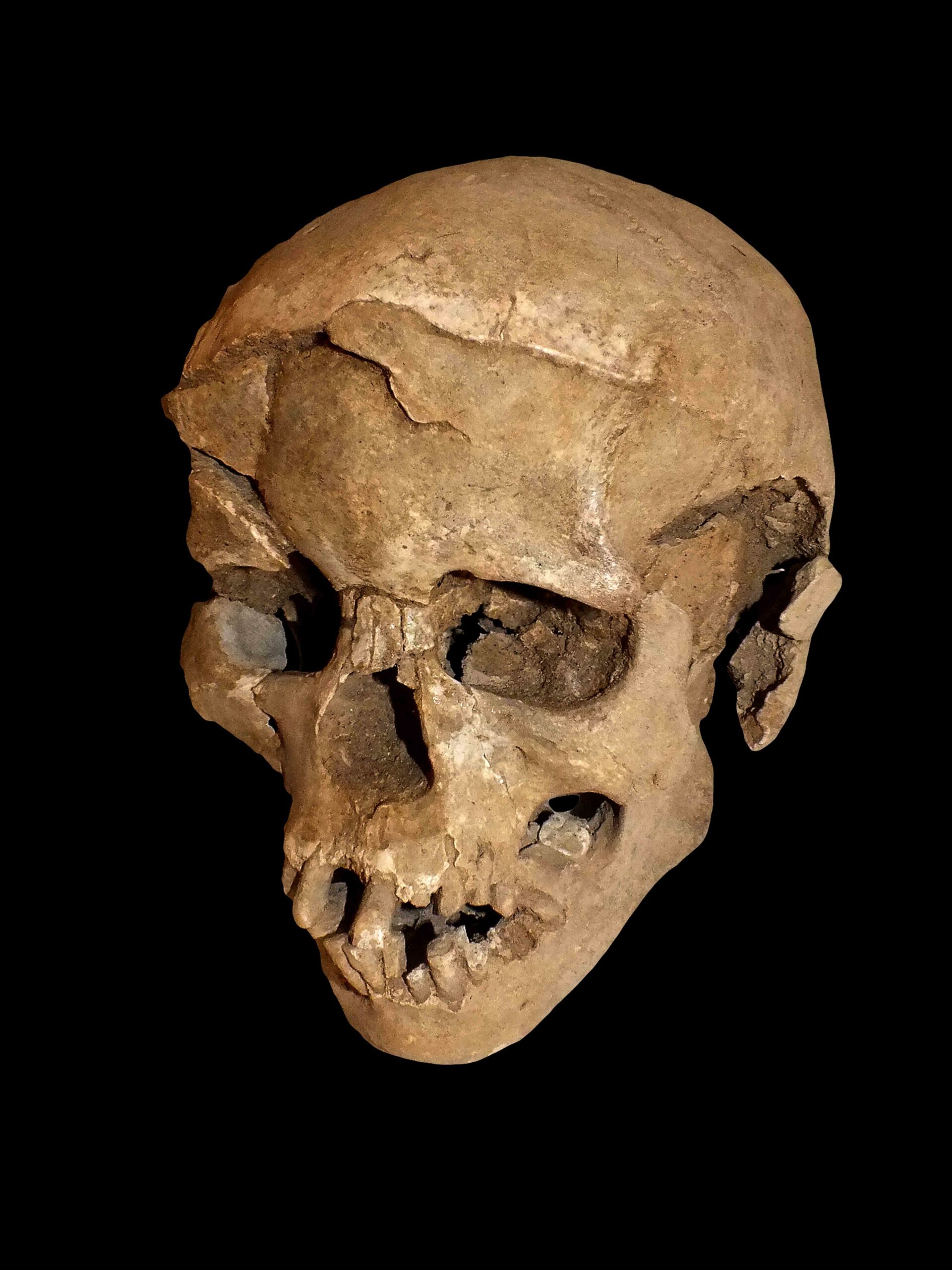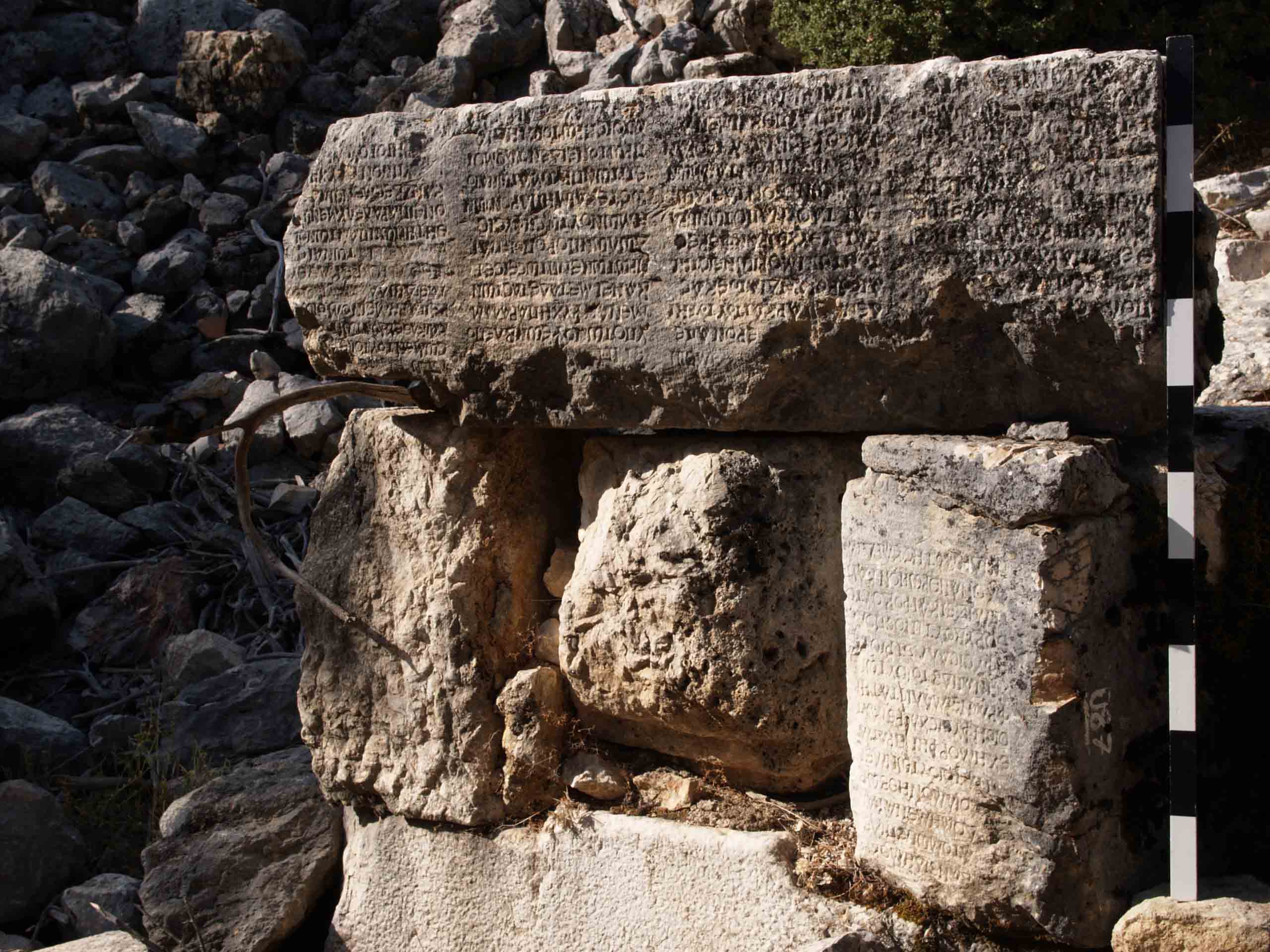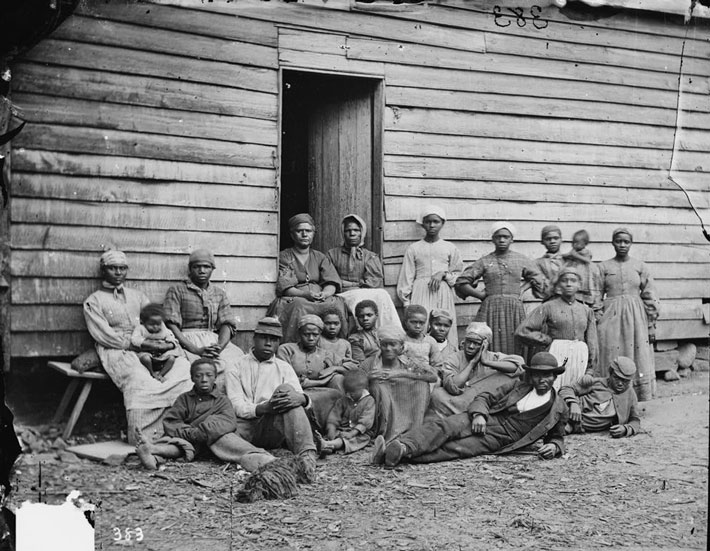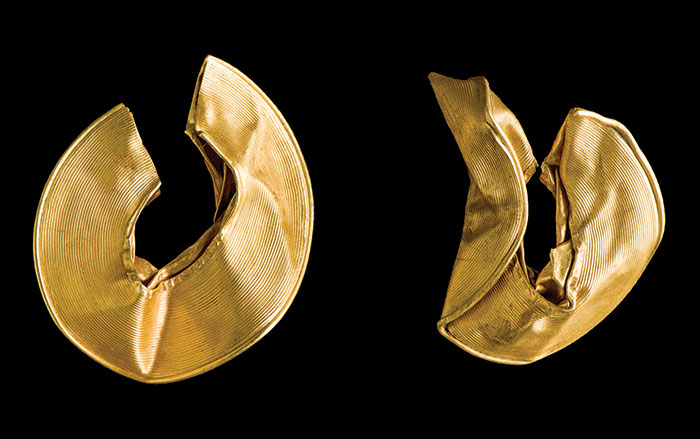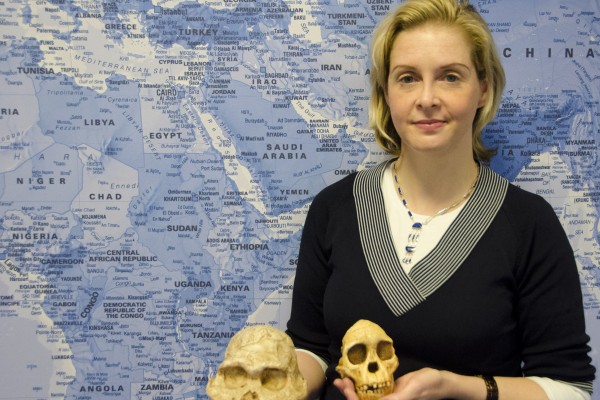
BOURNEMOUTH, ENGLAND—An international team of anthropologists and earth scientists led by Sally Reynolds of Bournemouth University has made a model of the ancient landscape of the Olorgesailie region of the Kenyan Rift. “By reconstructing the topographic setting in the area and examining the trace nutrients in soils there now and interviewing local Maasai leaders about current animal grazing activities, we were able to build up a picture of animal movements around one million years ago,” Reynolds said in a press release. She and the team of researchers found that the topography provided limited routes for large animals to travel through the grazing areas, and high ground for human ancestors to watch them. The placement of butchered remains and stone tool sites on the landscape suggest that the early humans exploited these limited pathways to practice ambush hunting. “These were fearsome, aggressive animals. From my perspective that tells us that the hominins were organized, they were able to communicate a plan to each other. These are not the sort of animals that you can hunt alone,” she said on a video clip. For more on prehistoric hunting practices, go to "Prehistoric Hunting Blinds."


